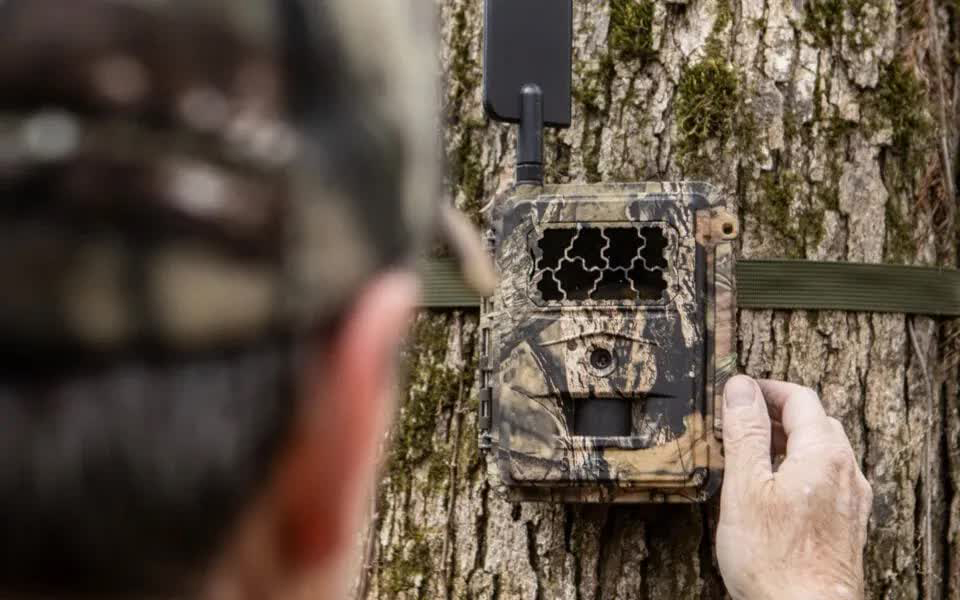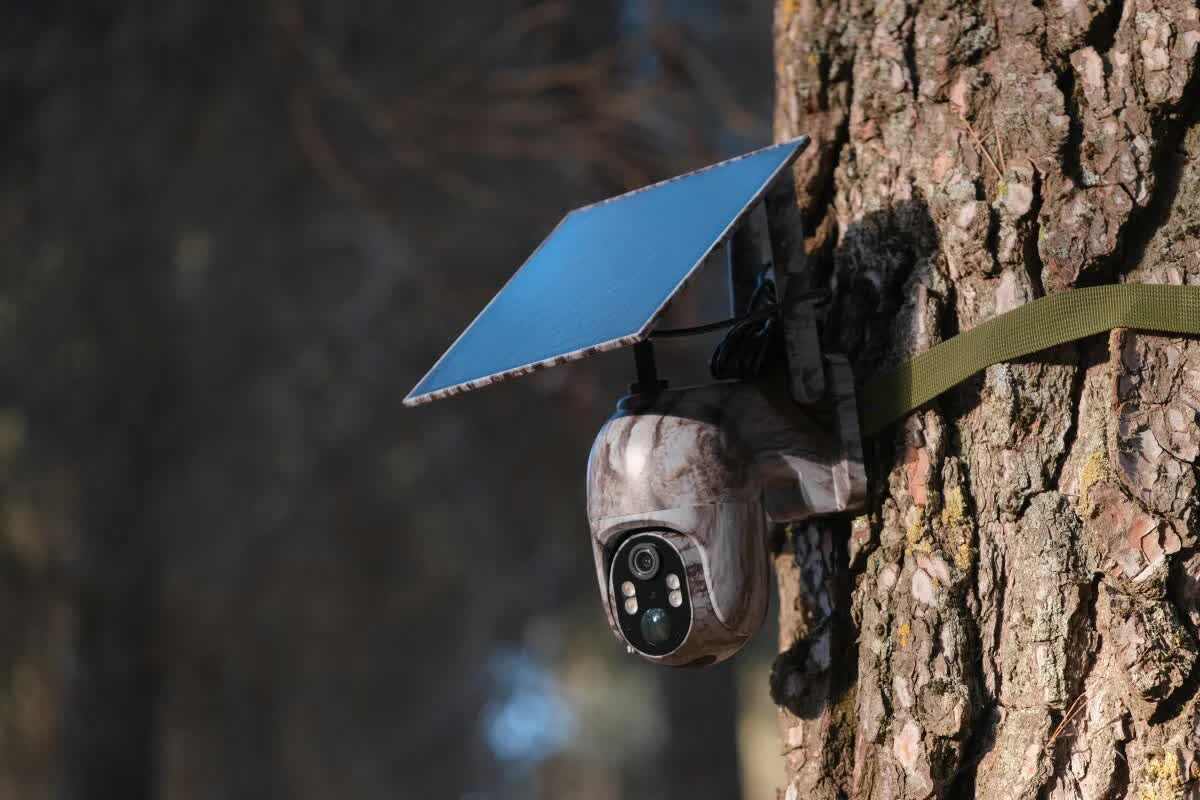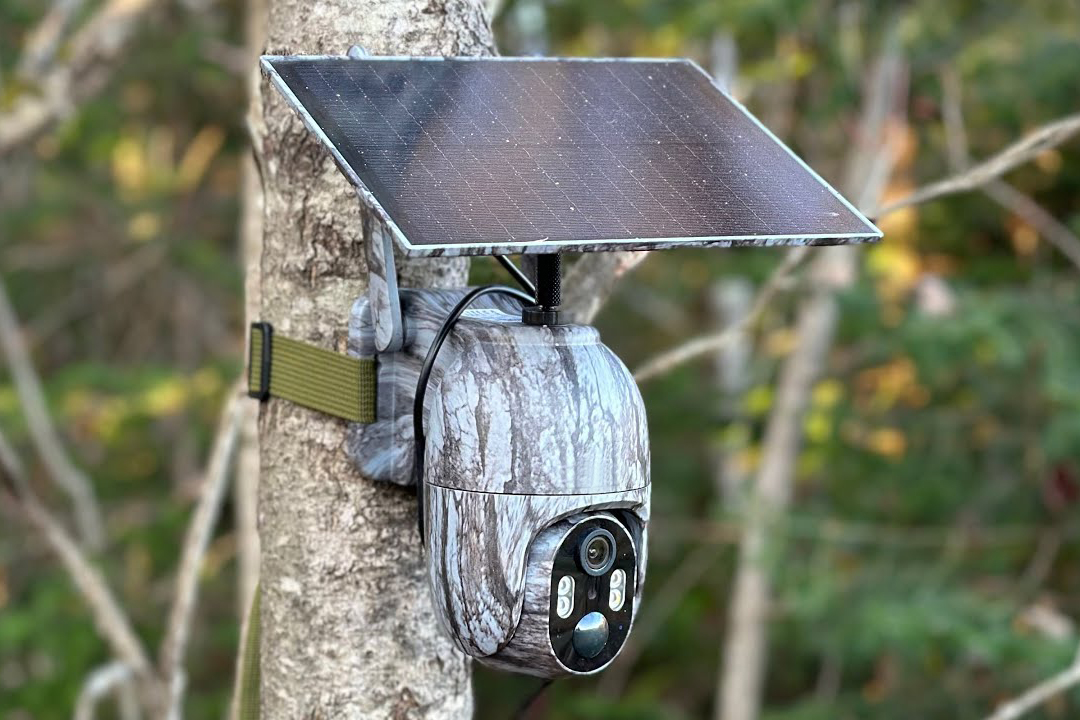Wireless vs. Cellular Trail Cameras
Wireless vs. Cellular Trail Cameras

Whether you are a hunter or a wildlife researcher, trail cameras can offer valuable insights into animal activity across various landscapes. These devices are user-friendly and operate with ease. Once installed on a trail or in the woods, a trail camera detects passing motion and captures photos or videos of the animals. Both wireless and cellular trail cameras then transmit these images or videos to an app, allowing users to view them remotely.
The next step is to choose the right trail camera to suit your animal-tracking needs. You can select from three options: cellular, wireless, or traditional trail cameras. This article will focus on comparing wireless and cellular trail cameras, highlighting the benefits of each.
Wireless vs. Cellular Trail Cameras — What’s the Difference?
Both wireless and cellular trail cameras detect motion from animals and vehicles, allowing you to monitor activity in woods or fields. Despite their similar primary function, these two types of cameras offer distinct features.
The main difference between wireless and cellular trail cameras lies in their methods of connectivity. Wireless trail cameras use Wi-Fi signals, while cellular trail cameras connect through a cellular network.
Wireless Trail Cameras
Wireless trail cameras, also known as Wi-Fi trail cameras, do not necessarily have their own networks to transmit trail photos. Instead, they rely on receiving Wi-Fi signals. Therefore, these cameras need to be positioned close to a Wi-Fi router to connect and receive images.
A common misconception is that wireless trail cameras can be placed and connected anywhere. In reality, they must be within the range of a Wi-Fi router to function effectively. Due to this limitation, it is advisable to install wireless cameras as security cameras in locations like backyards or near cabins with a strong Wi-Fi signal.
Cellular Trail Cameras
Cellular trail cameras utilize various types of cellular networks, such as 4G or 5G, to operate. These cameras can connect to cellular networks and monitor your regular hunting spots or capture photos of wildlife from nearly any location, provided there is a cell signal.
To function, cellular trail cameras require cellular data plans. They send photos and videos of animals and other passing objects to a cloud-based server. You can choose from different data plans and cellular providers for your trail camera.
With cellular data, these cameras can be placed in virtually any location and still transmit photos immediately through an app or website. This feature is ideal for individuals who wish to monitor their trail cameras regardless of their location.
What Are the Benefits of Cellular Trail Cameras vs. Wi-Fi Trail Cameras?
Deciding between cellular and Wi-Fi trail cameras is straightforward when comparing the benefits each type offers. Evaluating these advantages will help determine the best trail camera for your needs.
Benefits of Cellular Trail Cameras
Cellular trail cameras are favored by hunters and wildlife researchers for several compelling reasons. Their benefits are particularly useful and effective for monitoring trail activity.
Benefits of cellular trail cameras include:
- Great connectivity: Cellular trail cameras provide near-instant access to photos, saving you time by eliminating the need to check the camera yourself. They also allow access to remote locations without Wi-Fi. This capability helps you better prepare for hunting trips and gain valuable insights into animal activity.
- Quality photos: These cameras produce high-quality photos and sometimes videos, which are sent directly to your smartphone. High-resolution images make it easier to identify different animals and observe their activities in the area.
- Less intrusion: By allowing you to view photos and videos without frequent visits to the camera location, cellular cameras minimize your scent in the area. This reduces disturbances and allows animals to visit undisturbed.
- Check the camera anytime: Cellular trail cameras enable you to monitor your hunting sites or wildlife observation areas from the comfort of your home, while running errands, or during work breaks. You can verify that your camera is functioning properly and remains securely positioned.
- Efficient battery use: These cameras offer remote settings adjustments via an app, helping to conserve battery life. Additionally, solar panel power options can extend the camera's operational duration.
Benefits of Wi-Fi Trail Cameras
Wireless or Wi-Fi trail cameras offer similar functionality to cellular cameras but come with certain limitations for hunters or wildlife researchers needing access to remote locations. These devices restrict your ability to view trails far from wireless connectivity and require regular visits to check what animals have passed by. This is not the primary intended use of trail cameras, and they do not provide access to distant hunting areas.
Wireless trail cameras are more suitable for homeowners looking to enhance security near their homes. For monitoring remote locations, cellular trail cameras are a more effective option.
Are Cellular Trail Cameras Worth It?
Cellular trail cameras provide optimal connectivity and high-quality images, which can significantly improve your hunting strategies or enhance research into local wildlife. Additional benefits of using cellular trail cameras include:
- Save time: Cellular trail cameras simplify the process of checking multiple cameras. You can review all cameras from any location without having to visit each site individually.
- Reduce travel costs: Using cellular trail cameras saves money on travel expenses to camera sites for SD card retrieval. This is particularly beneficial as gas prices increase.
- Consistent photo access: Cloud-based storage and automatic photo access ensure you never miss wildlife activity on the trails. Various data plans allow you to store a specific number of photos, which you can access at any time.




